
How do you stop horse bolting? If you’ve ever been astride a horse that bolted and you were unable to stop him, you know it’s a terrifying feeling. Even seasoned riders can have a horse take off as if he’s running for the roses.
So, why do horses bolt? My post explores horse bolting, its causes, steps to prevent this behavior, and how to stop your runaway horse.
Why Do Horses Bolt?
Reason #1 Fear
The most common reason a horse bolts is because they’ve beens startled by something. Horses are flight animals, and when frightened, running away is their natural response. Even the most mild-mannered, well-trained horse can become frightened by an unknown object, sound, or a threatening animal, such as an aggressive dog.
Solution – Desensitization Training
In the case of a spooky horse, one who’s easily frightened, desensitization training can help them become accustomed to common frightening objects. The training involves introducing the horse to something fearful while simultaneously working with them until they can be exposed to that same object without fear.
The Plastic Bag Trick
A very simple example would be tying a plastic bag to the end of a long stick and shaking it to make an unexpected sound. Some horses might ignore it. Some will be frightened. If the horse is very afraid, stop shaking the bag, release the pressure to the horse, let them relax.
Keep doing this exercise until you can rub the bag over your horse’s body. Depending on the horse’s fear level, this exercise might take days. Although the plastic bag training trick isn’t quick, it’s certainly effective.
Don’t Do This…
With the plastic bag trick, some people keep the pressure on despite the exercise putting the horse in a high state of fear. For example, the trainer might keep shaking the plastic bag and advancing on the horse with the bag, despite the horse backing away, desperately trying to escape the situation.
This bad training.
It’s dangerous, and I don’t recommend it. Remember, it’s important to build a relationship with your horse. Repeatedly forcing your horse into a fearful situation without reprieve isn’t a good way to build a relationship with him.
Slow and steady produces a well-trained horse.
Here’s a Caveat
I have one caveat. A horse that’s naturally spooky will never be trained for every single thing that might seem frightening. Horses like these need a lot of riding time and a lot of new experiences to help them learn that you won’t put them in danger.
Between desensitizing your horse of known fearful objects, and lots of miles under saddle, you can go a long way toward making your horse a safe, pleasure to ride.
Reason #2 Barn Sour (Resentment)
A second reason a horse may bolt is if he’s become barn sour and resents being ridden away from his stable pals back at the barn.
In this case, your horse isn’t afraid, though he may have some anxiety if he isn’t accustomed to riding unaccompanied by other horses. This is a situation where training is the issue, as opposed to being suddenly frightened.
So in this situation, your horse doesn’t like riding out alone. Subsequently, he may suddenly and without warning, whirl around and race for the barn—with you clinging to the saddle—if you’re lucky enough to remain seated with the unexpected change of direction.
Solution – Ride in Circles and Groundwork
What’s the solution? Well, a horse like this can benefit from being ridden in circles and groundwork. You may have to ride circles right next to the barn. Unfortunately, circling and groundwork will become boring very quickly to your horse.
After returning from a ride, a horse like this should never be taken directly into the barn. Doing so will reinforce his barn resentment. Make your horse work circles first. He’ll learn that getting back to the barn doesn’t mean instant gratification of being reunited with his stable mates.
When he does return to the barn, make him return to the barn at a calm walk. Don’t let him canter or gallop back to home base.
Try Tying Your Horse before Going Back to the Barn
You may also want to tie your horse outside the barn for 20 or 30 minutes before allowing him to go inside the barn. Remove the bridle and use a halter and lead rope to tie him. Don’t loosen or remove the saddle while he’s tied.
Why? Because this isn’t a relaxing session, it’s training him that work isn’t over and it isn’t time to see his buddies.
Reason #3 Pain
Pain can cause all types of bad behavior. A horse in pain may bolt in an attempt to outrun whatever he perceives as causing his discomfort. It’s important to know your horse well and understand his body language.
Horses can be in pain for many reasons, but the only way you can tell if there’s no obvious wound or a noticeable limp, is through his behavior.
Solution – Check Your Tack Or Call Your Vet
Make sure you check your tack before each ride. An issue with tack, including an ill-fitting saddle, can cause pain. A horse in pain can be unpredictable and in some cases, dangerous. In addition to being a danger to the rider, depending on what’s causing your horse pain, riding could endanger the horse as well. Know your horse, develop a partnership with him, and you’ll know when something’s off.
When in doubt, skip the ride and seek help from someone more knowledgeable – like your veterinarian. Or, buy a new saddle and make sure you measure your horse properly for a good fit.
Reason #4 Lack of Turnout
A horse that’s been stabled with little or no turnout time can become explosive with energy. When horses are at liberty, they move almost constantly as they graze, walking slowly along to find more grass.
However, when a horse is confined to a stall and fed grain twice a day, energy and frustration build up.
Once the horse is turned out, often the first thing they do is take off at a gallop and possibly kick their hind legs up in the air. Watching a turned out horse can be quite thrilling.
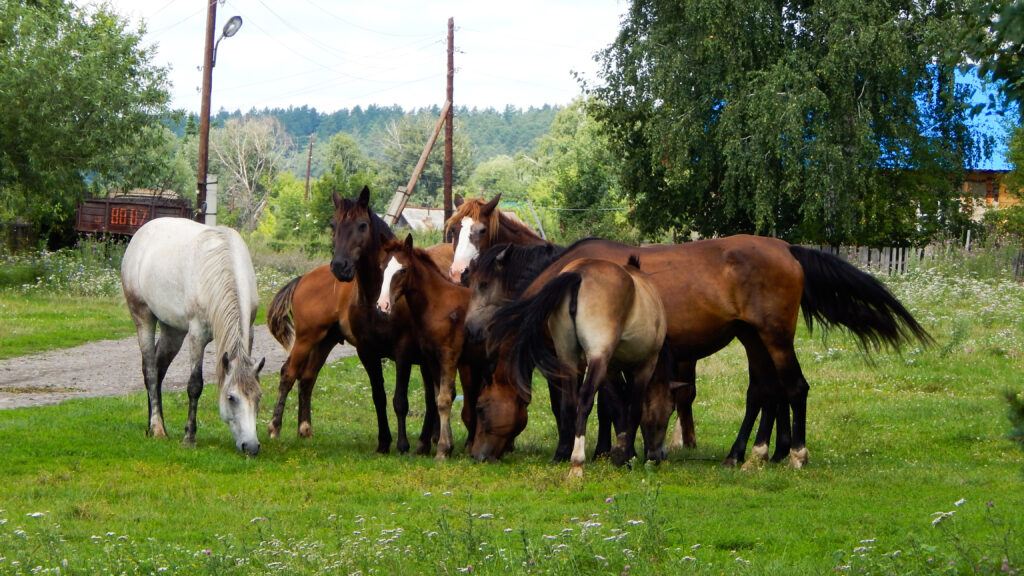
However, if your horse has been stalled without being allowed to run and burn off that energy, putting a saddle on his back and climbing on may become a disaster. This is a scenario in which a horse could buck, rear, or bolt, simply because of the stored energy of being stalled too long without exercise.
Solution – Give Your Horse Turnout Time
Make sure your horse is getting turnout time and enough exercise to keep his energy at a safe level for riding. The more time he can have at liberty, the better for him and you.
Reason #5 Bad Riding
Rider errors can cause a horse to bolt.
If you’re giving confusing signals or are unbalanced in the saddle, depending on the sensitivity of your horse, this may cause bolting. Also, if you’re heavy handed with the reins, you’ll cause pain in the horse’s mouth and he may fight you.
Solution – Take Refresher Riding Lesson Courses
If you’re a new rider and suspect your skills aren’t up to par, take lessons until you’re confident in your ability to ride your horse safely.
Reason #6 Your Horse is Trained for the Race Tracks
A less common problem may be that the horse you’ve fallen in love with and purchased, or rescued, is an ex-racehorse that hasn’t been re-trained. These horses are trained to run, and without proper re-training, that’s exactly what they’ll do.
If you’re inexperienced with ex-race horses, this isn’t a job you should undertake alone.
Solution – Re-Train Your Ex-Race Horse
You’re going to require a professional to teach your ex-race horse that he’s no longer supposed to bolt. Because race horses are big and strong, don’t attempt to re-train him unless you’re an experienced rider and understand how race horses are trained, and what it takes to re-mold them.
Stay as Calm as Possible
Perhaps the most important thing to do when a horse bolts is to remain as calm as possible. Horses can detect your emotions, and a terrified rider will only worsen the situation. Not only will you be unable to deal effectively with the situation, you’ll further frighten the horse.
How you react to a bolting horse will depend on the situation and your location when your horse bolts.
For instance, if you’re on a trail riding through a thickly wooded area, you’re very limited as to what you can do. Your only option may be to ride at the best of your ability to remain in the saddle. You may be able to pull your horse’s head a little to one side.
But if the horse has braced himself against the bit, this may be very difficult to do.
Try Slightly Bending Your Horses Head
You might try bending his head first to one side and then to the other. If you can get his head to one side, he won’t be able to run at top speed. You can’t bend his head position too far though as that could be dangerous and you don’t want him to try to circle in this situation.
Ride Him In Circes if You Can
If he has a hard mouth or if he’s braced against the bit, and it comes to a pulling contest between you and your horse, he’ll win. As bad as it is, you may have no choice but to ride it out. If you’re in the open and there’re no obstacles in the way, you can ride him in a circle. At first, you’ll have to ride a large circle.
How to Ride Him in Circles
So how do you ride your horse in circles? Get him into a large circle and start making the circle smaller and smaller. This will slow him naturally and safely. You can’t just pull him into a small circle. Bring him down loop by loop.
The best way to make your horse turn into a circle is by shortening one rein. Move your hand on the rein upward along the horse’s neck, then pull the rein back toward your hip. Keep your hand close to your body. Don’t yank on the rein.
Pull steadily back until you get him into a large circle. Keep pulling him into a smaller circle. Don’t do this too fast. A horse running fast that’s suddenly yanked into a tight circle can tangle his legs up and fall. You don’t want to be crushed under your horse and you don’t want him to break his leg.
Slowly decrease the size of the circle. When it becomes small enough, the horse will stop.
Some Final Thoughts
While having a horse suddenly bolt can be terrifying for both you and your horse, you need to do your very best to keep a level head and ride it out. If you can get your horse into a circle and ride him down until he has to stop, this will be your best option.
But like all issues with horses, it’s best if you can train them to avoid this situation. Though there’ll always be something that might frighten a horse into bolting, there’re many ways to shorten the list of potential frightening objects that trigger a bolt.
Horses are intelligent creatures. The more you learn about horses and how to handle situations like these, the better you’ll be prepared for whatever comes along on your riding journey.
Was this post helpful? If so, you might want to also read my post, “How to Avoid Horse Riding Accidents”. Leave your comments below. I’d love to hear your thoughts.

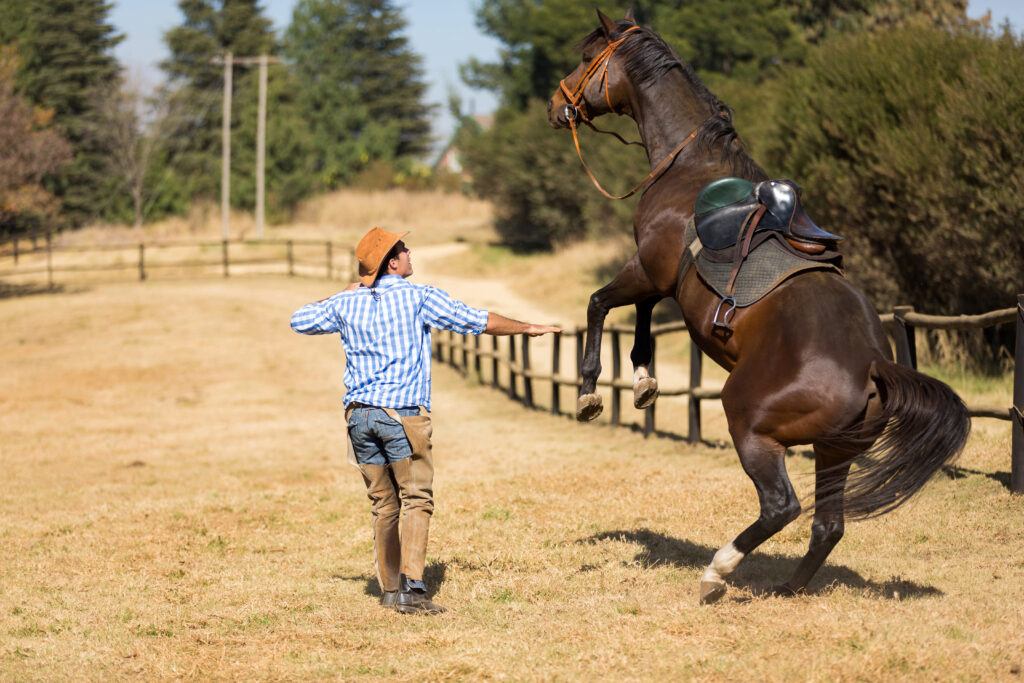
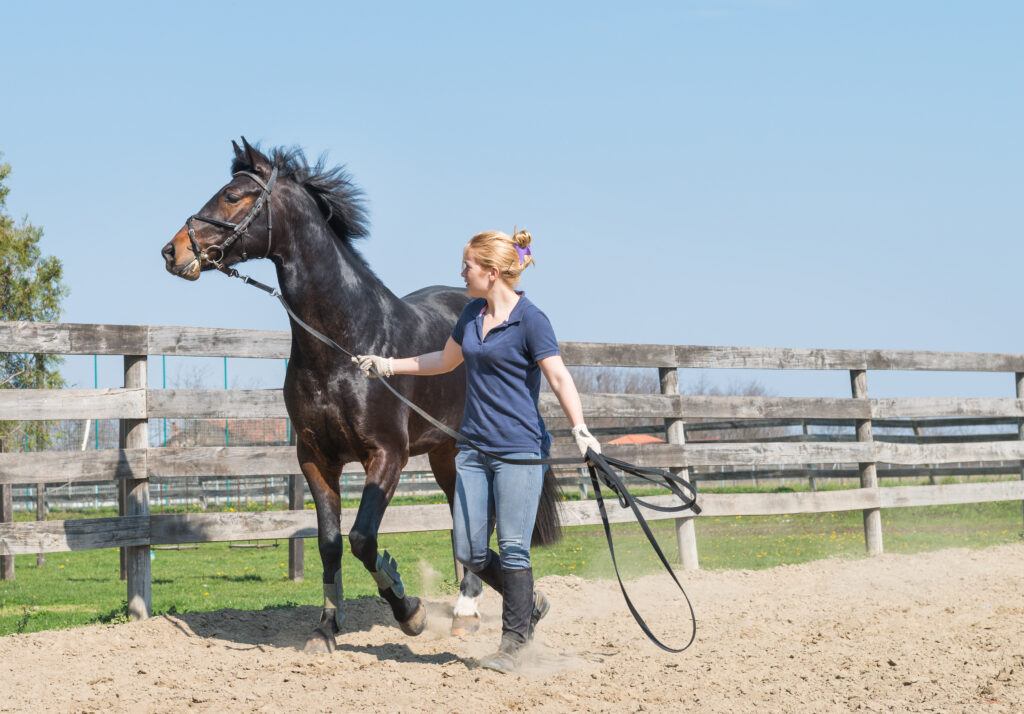


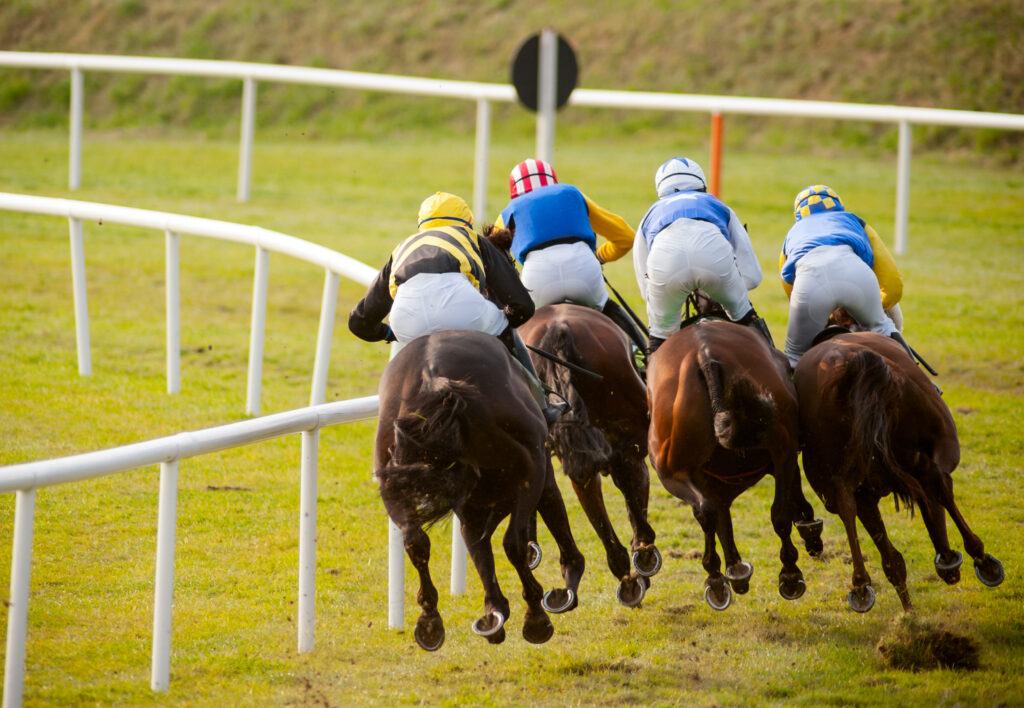
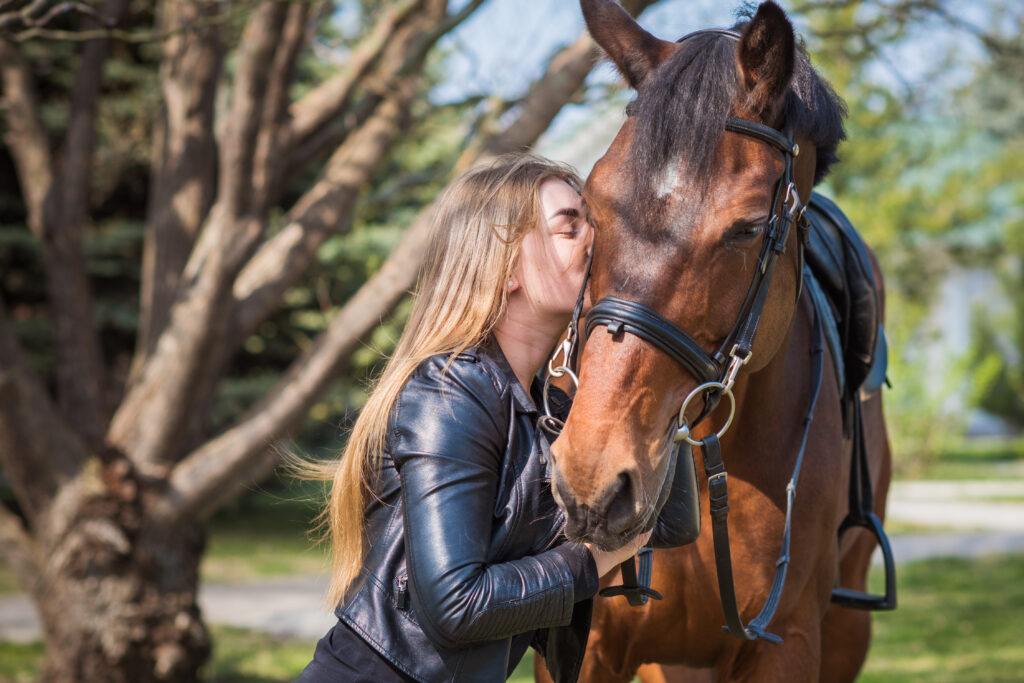
Thank you for sharing this informative article on stopping horse bolting. As someone who is considering getting into horseback riding, I appreciate the tips and advice you provided to prevent such a dangerous behavior.
I imagine it can really be terrifying for both the rider and the horse. Your tips, such as working on building trust with your horse, are helpful for preventing bolting behavior. Gave me a bit more confidence to pursue this new activity…
Hi Ronnie. Thank you for your comment. I’m so glad my post helped you. Yes, it’s so important to build trust with your horse first. Please stop by again.